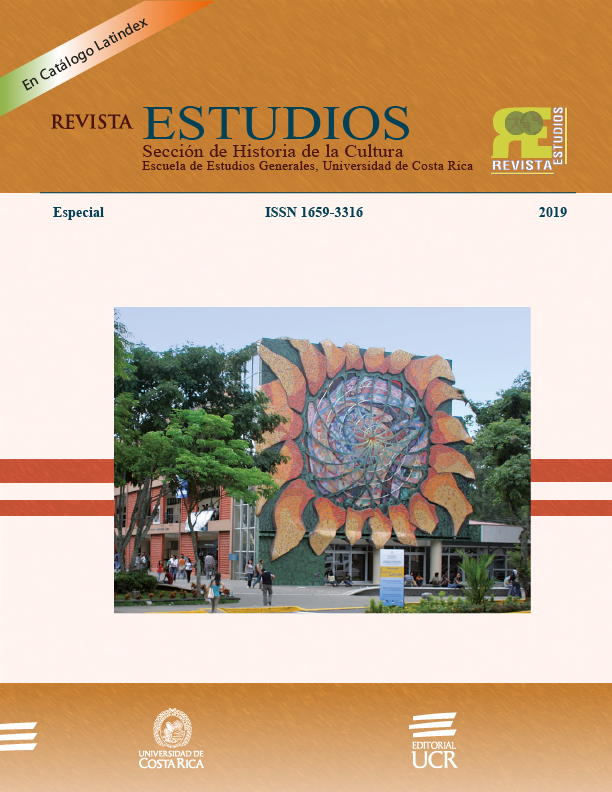Abstract
The present article analyzes from an epistemic and reflective perspective the importance of academic praxis in art and science with respect to the interdisciplinary studies enunciated by Rolando García. For this, three aspects of the study have been formulated: disciplinary assessment, methodological rigor, and humanistic and ethical dimension in the interdisciplinary exercise. In addition, it is taking into consideration the intellectual approach of Leonardo da Vinci (1452-1519) and Galileo Galilei (1564-1642) to justify the annotations to wield. In this way, it is concluded that art and science assume convergent points in the disciplinary work, without neglecting that each area maintains a different approach in the way of approaching an experiment, a problem or a process. On the other hand, despite the relationship between both disciplines (an example, the use of drawing) a different methodological rigor persists in the study approach. Finally, both disciplines assume a humanist task in the elaboration of their statements and results.
References
Calello, H; Neuhaus, S. (1999). Método y Anti-método. Proceso y diseño de la investigación interdisciplinaria de las Ciencias Humanas. Buenos Aires: Ediciones Colihue.
Cruz, I; Nosnik, A; Recillas, E. (1998). Galileo Galilei. El hombre de la torre inclinada. Barcelona: Editorial Andrés Bello.
García, R (2000). Reconocimiento en construcción. De las formulaciones de Jean Piaget a la teoría de sistema complejos. Barcelona: Gedisa.
________ (2006). Sistemas Complejos. Concepto, método y fundamentación epistemológicas de la investigación interdisciplinarias, Barcelona: Gedisa.
García, R; Piaget, J. (1997). Hacia una lógica de significaciones. Barcelona: Gedisa
Kemp, M. (2011). Leonardo da Vinci. Las maravillosas obras de la naturaleza y el hombre. España: Madrid, Akal.
Miramontes, O; Volke, K. (2013). Fronteras de la Física en el Siglo XXI. Distrito Federal: Coplt-arXives
Piugbó, J. (2002). La fragua de la Medicina Clínica y de la Cardiología. Caracas: Universidad Central de Venezuela, Consejo de desarrollo científico y Humanístico.
Vasari, G. (1996). La vida de los más excelentes, pintores, escultores y arquitectos. Distrito Federal: Universidad Nacional Autónoma de México.
Vilar, S. (1997). La nueva racionalidad. Comprender la complejidad con métodos transdisplinarios. Barcelona: Editorial Kairós.


